Niobium: Element Properties And Uses
Description
Niob is a distinct element. This blog provides an introduction to the element, an account of its chemical properties, a table of its physical properties, and a description of its extraction and processing methods.
Introduction to the Element
Niob is a transition metal that is recognised for its role in modern industry. It has an atomic number of 41 and an atomic mass of 92.91. It was first identified in the early 19/?? century and was originally known as Columbium. Today, owing to its measured physical and chemical stability, it is used in various high-tech applications. In nature, it occurs primarily in association with minerals such as Pyrochlor and Columbite, and its discovery marked an important advance in the understanding of transition metals.
Description of Chemical Properties
Niob exhibits several chemical properties that render it valuable in both scientific and industrial contexts. In general it exhibits oxidation states of +3 and +5, with the +5 state being most stable. In the +5 condition, Niob readily forms oxides such as niobium pentoxide (Nb₂O₅), which is widely used in the manufacture of ceramics and glass.
Its chemical inertness and resistance to corrosion in many environments have been measured in several tests. Additionally, Niob reacts with acids and other reagents, thereby increasing its application in chemical synthesis. Its ability to form alloys with other metals is attributable to its metallic bonding and its stability at elevated temperatures.
Table of Physical Properties
|
Property |
Value |
Unit |
|
Atomic Number |
41 |
- |
|
Atomic Mass |
92.91 |
g/mol |
|
Density |
8.57 |
g/cm³ |
|
Melting Point |
2477 |
°C |
|
Boiling Point |
4744 |
°C |
|
Electrical Conductivity |
High |
- |
|
Thermal Conductivity |
Moderate |
- |
For further information, please visit Stanford Advanced Materials (SAM).
Processing Methods
The extraction and processing methods for Niob are critical for obtaining the metal in a form suitable for industrial use. The process typically commences with the mining of niobium-containing ores such as Pyrochlor and Columbite. These minerals are then subjected to a series of chemical and physical treatments in order to separate Niob from other elements. One common method involves crushing the ore and applying acid leaching techniques to dissolve the target metal.
Common Uses
Niobium is primarily used in the production of high-strength, low-alloy steels. When added in small quantities, Niob increases tensile strength and improves weldability while maintaining ductility. This application is important in the automotive and construction industries.
In addition to steel alloys, Niob is used in the manufacture of superconducting magnets, which are employed in MRI scanners and particle accelerators. Its superconducting behaviour at low temperatures permits effective magnetic field generation that is necessary for medical imaging and physics experiments.
Furthermore, Niob is utilised in electronics where its resistance to corrosion and elevated melting point render it suitable for the manufacture of capacitors and other electronic components.
Frequently Asked Questions
What are the most common applications of Niob?
Niob is used primarily for the production of high-strength steel alloys, superconducting magnets and electronic components. These applications serve the automotive, aerospace and medical industries.
How is Niob extracted from its ores?
Niob is extracted using a series of procedures including mining, acid leaching, solvent extraction and reduction, which together isolate the metal from minerals such as Pyrochlor and Columbite.
What characterises the chemical properties of Niob?
Its chemical properties are defined by its stable oxidation state, in particular the +5 state, and its ability to form compounds such as niobium pentoxide, which is used in the production of ceramics and glass.
Can Niob occur in pure form in nature?
In nature, Niob occurs mainly as compounds in various minerals. It does not occur as a pure metal given its strong affinity for oxygen and other elements.
How do related industrial products benefit from Niob?
Products containing Niob exhibit increased strength, improved corrosion resistance and enhanced performance at high temperatures. These measured attributes are critical for applications in construction, aerospace and electronics.

 Bars
Bars
 Beads & Spheres
Beads & Spheres
 Bolts & Nuts
Bolts & Nuts
 Crucibles
Crucibles
 Discs
Discs
 Fibers & Fabrics
Fibers & Fabrics
 Films
Films
 Flake
Flake
 Foams
Foams
 Foil
Foil
 Granules
Granules
 Honeycombs
Honeycombs
 Ink
Ink
 Laminate
Laminate
 Lumps
Lumps
 Meshes
Meshes
 Metallised Film
Metallised Film
 Plate
Plate
 Powders
Powders
 Rod
Rod
 Sheets
Sheets
 Single Crystals
Single Crystals
 Sputtering Target
Sputtering Target
 Tubes
Tubes
 Washer
Washer
 Wires
Wires
 Converters & Calculators
Converters & Calculators
 Write for Us
Write for Us
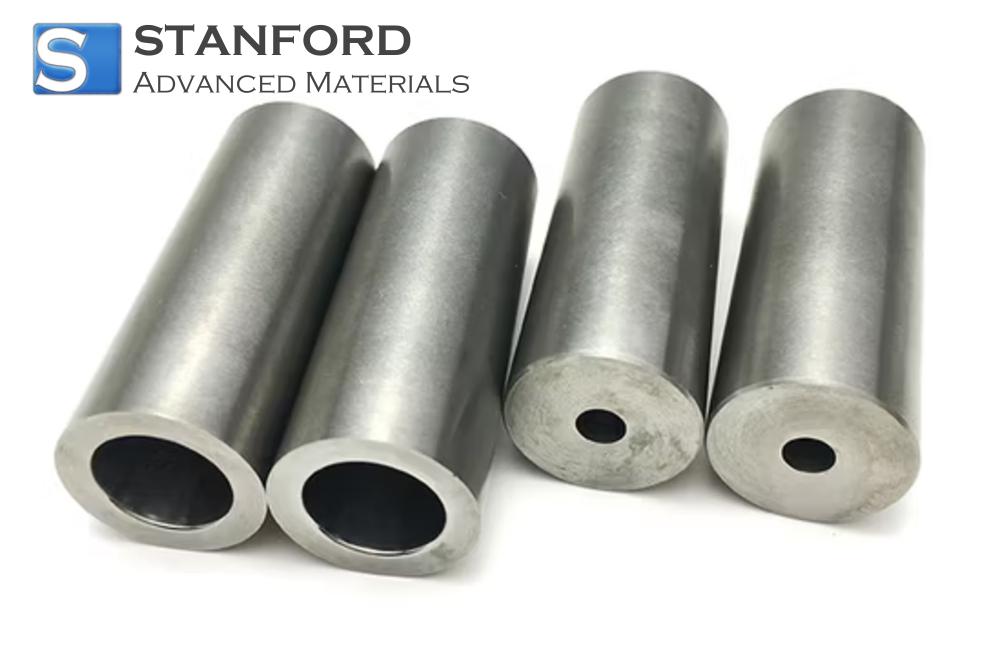
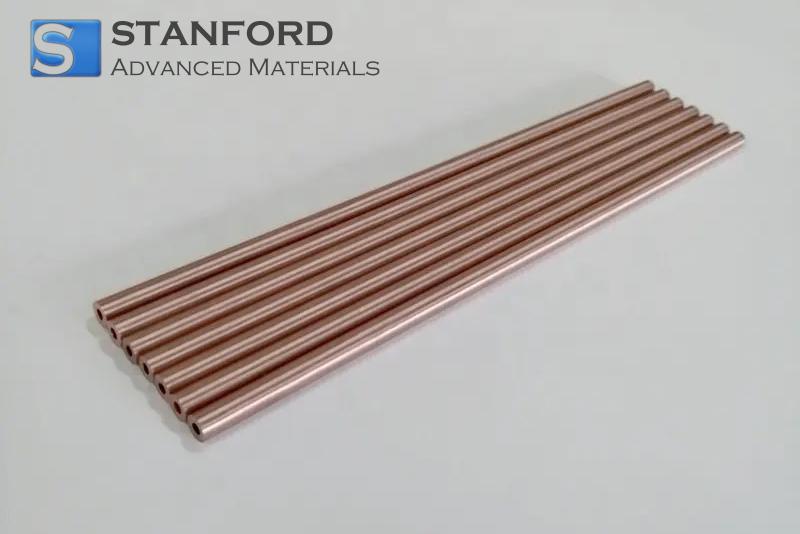
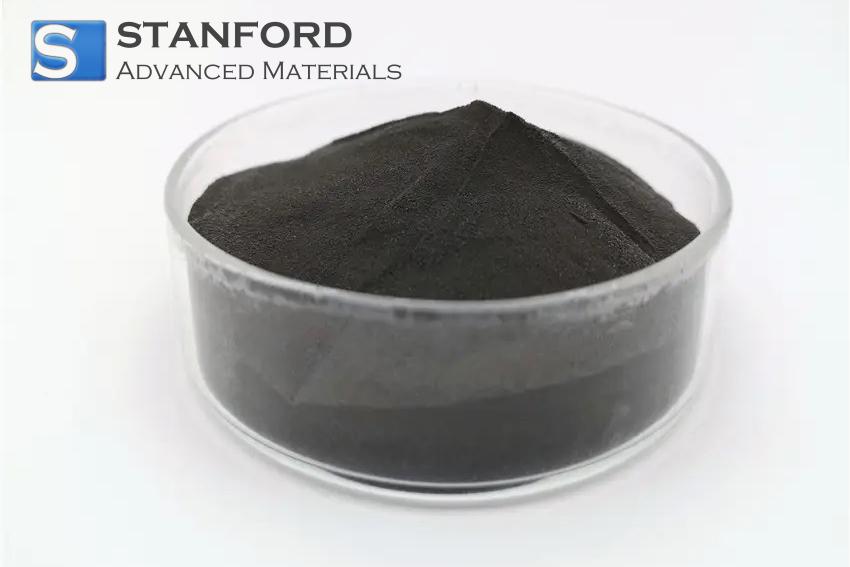
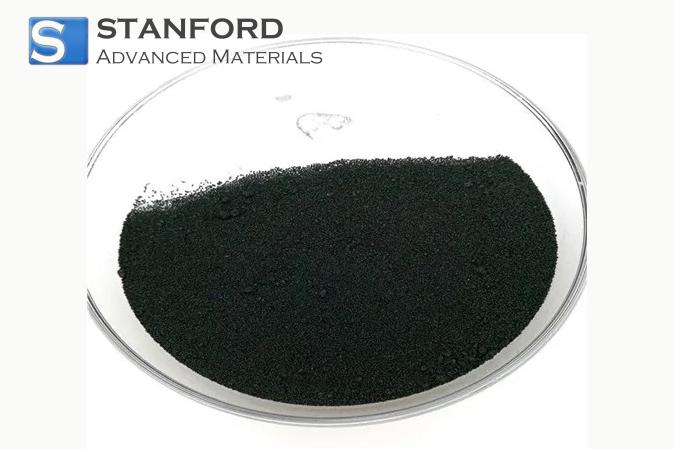
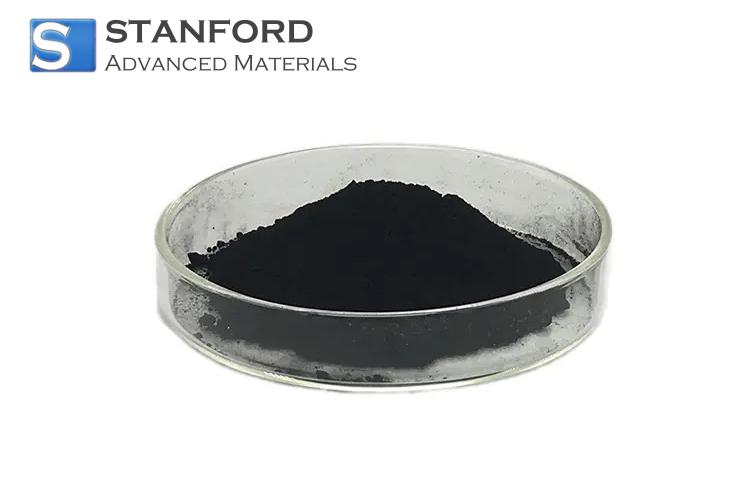
 Chin Trento
Chin Trento



